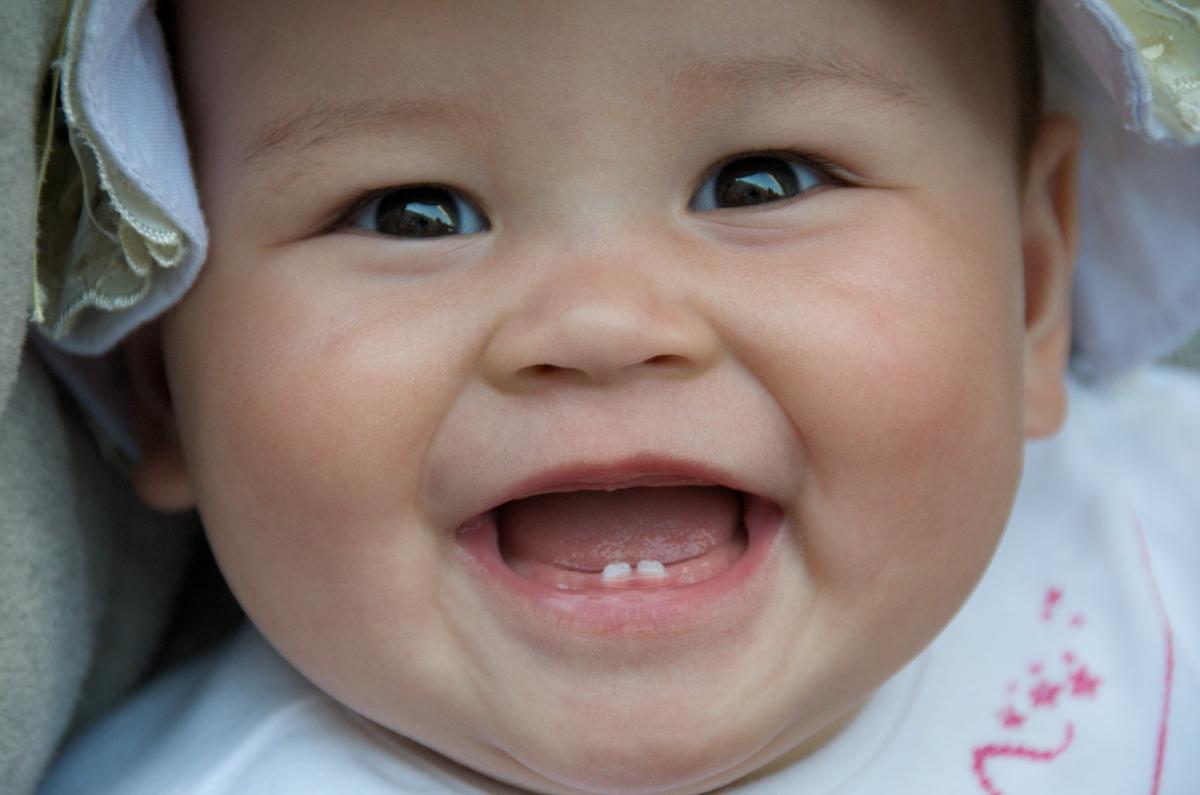Why do humans have baby teeth? The tooth fairy may have an answer, but so too does today’s A Moment of Science.
Also known as primary teeth, deciduous teeth, or milk teeth, baby teeth begin forming about six weeks into a fetus’s growth. Clumps of cells called “tooth buds” develop in the gums, and eventually get covered by hard tissue. Baby teeth then usually stay below the gums’ surface until an infant is about six months’ old. Six years later, these little pearly-whites start falling out.
As everyone knows, the tooth fairy gives kids money when they put their baby teeth under their pillow. And this little pixie is right about one thing: for something so small and short-lived, baby teeth are actually quite valuable for a child’s development.
An infant’s jaw is too small to hold 32 adult-sized chompers. And an adult’s jaw is too big to hold 20 tiny baby teeth, which would be too short and spread out for us to chew effectively. It turns out that baby teeth are pretty good placeholders. As a permanent tooth grows in, it follows the pathway provided by the baby tooth’s root, eventually pushing that baby tooth out. By the time we’re tweens, our skulls are finally large enough to hold all our permanent teeth.
But baby teeth are more than just proxies: they play a crucial role in helping children chew and learn to speak. Baby teeth also allow oral muscles to develop and function properly, even as our jaws stretch and grow.
And, of course, baby teeth provide the tooth fairy a steady job. Those are some important, multipurpose teeth!










